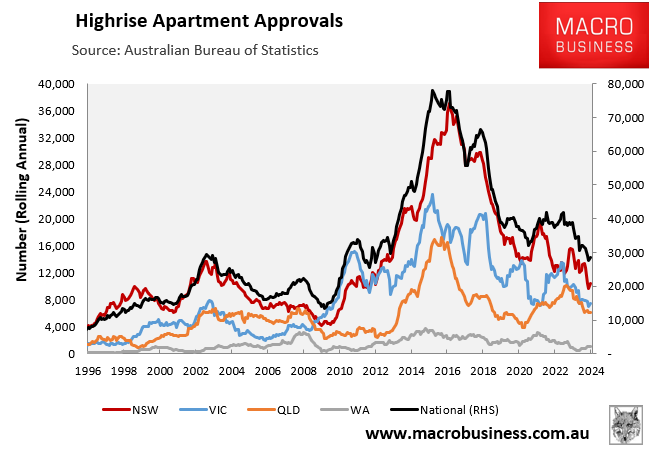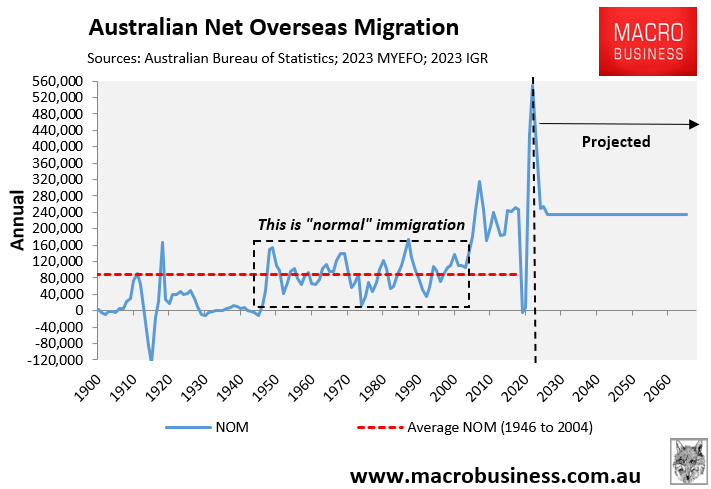Last decade saw an unprecedented number of high-rise apartment complexes constructed across Australia.

A litany of structural defects uncovered in a 2019 Four Corners investigation entitled “Cracking Up” and elsewhere accompanied the high volume of apartments.
“We’ve got a real problem here. It’s systemic and it’s infecting lots of buildings across the landscape, in all parts of the country. It’s very clear”, one building analyst told Four Corners in 2019.
“I have never seen a building that isn’t defective in some way. I know it’s my job, but even just walking around in public, I notice these things”, a forensic engineer added.
Bronwyn Wier, Managing Director of Weir Legal & Consulting and co-author of the Australia’s Building Confidence Report, previously warned that “thousands and thousands of apartments have serious defects in their buildings”, labelling the problem “enormous”.
“We have what is now a systemic failure that is quite difficult to unravel. Some of these buildings could potentially be a write-off”.
Bronwyn Wier was interviewed this week by ABC Drive where she warned that hundreds of Australian apartment complexes remain wrapped in flammable cladding while countless others are suffering from major defects.
“It is expensive to remove it [cladding]”, Weir noted. “And when you’re talking about cladding on multi-apartment buildings, you’re talking about owners corporations, individual lot owners, that have to find a lot of money to do this rectification work. And that’s a very difficult proposition for them”.
Wier noted that a lot of buildings earmarked for rectification work have discovered “a vast array of additional defects”.
“Around 50% of multi-unit buildings would have serious defects”, warned Wier. These include things like “water defects, fire issues, and so forth”.
Worryingly, Wier claimed that “the standard of and quality of construction hasn’t improved all that much in most parts of Australia”.
This augers badly for the federal government’s ambition to build 1.2 million homes over five years.
“To think that we could potentially have 600,000 new buildings with the sorts of defects that we’ve seen in some of these buildings that have had cladding rectification is pretty frightening”, Wier said.
Clearly, accelerating the construction of high-rise apartment complexes will inevitably result in reduced quality and another spike in building defects.
Yet again, corners will be cut, construction standards will fall, and tens of thousands more poor quality apartment complexes will be built across Australia to accommodate the federal government’s extreme immigration policy.

Rather than pursuing a high-rise slum future, immigration should be limited to a level that is below the nation’s capacity to provide high-quality housing and infrastructure, as well as the natural environment’s carrying capacity (particularly water).
Lower, sustainable immigration in line with the pre-2005 average (see black box in chart above) will encourage the building sector to focus quality over quantity while also alleviating the nation’s housing shortfall.
The high-rise apartment boom of the last decade was an unmitigated disaster that we are still paying for.
Let us not repeat it.

